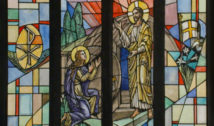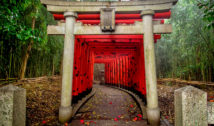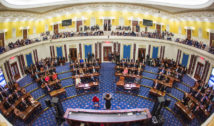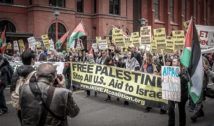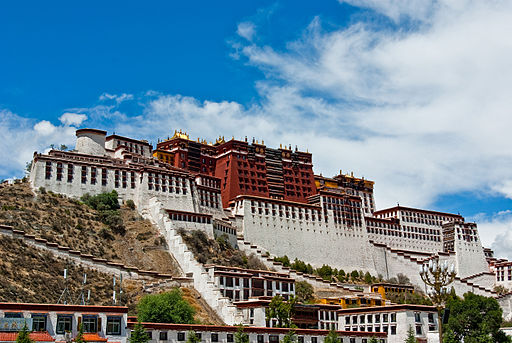
10 Biggest Controversial Religious Sites
- By Alison Lesley --
- 30 Sep 2019 --
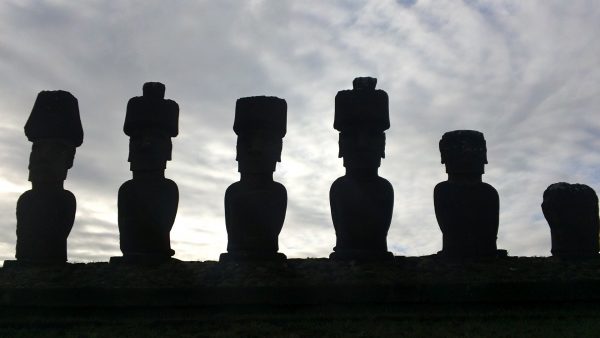
These religious locations around the world cause tension and conflict.
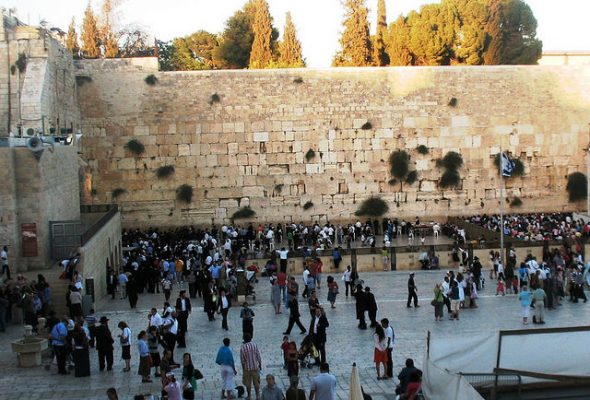
1. Western Wall
This wall, located near the Temple Mount in Jerusalem, is historically part of an ancient temple. It has been at the apex of religious tension for thousands of years. It is a place of worship for Judaism. It has denied to Jews by different groups in control of Jerusalem. With Israel gaining control in the 1967 6 Day War. Its location next to the Al-Aqsa Mosque (the 3rd holiest shrine to Sunni Muslims) has also created conflict about space and place. The conflict can also be internal. Recent disagreements between Jewish groups about creating a space for egalitarian services (women are restricted from some forms of religious services at the Western Wall).
10 Biggest Controversial Religious Sites[/tweetthis]

2. Potala Palace
Located in Lhasa, Tibet this is considered one of the holiest site in Buddhism and was the former home of the Dali Lama. Why the former home? Because in 1959 the current Dail Lama and to escape when the Chinese invaded Tibet. China has invested money and turned it into a museum, making Buddhists upset that a place for their holy pilgrimage has now been turned into a tourist destination. In addition, the large number of visitors have made it difficult for pilgrims to enter the building or being turned away. Potala Palace is emblematic of the continued conflict between Tibetan Buddhism and the Chinese Government.
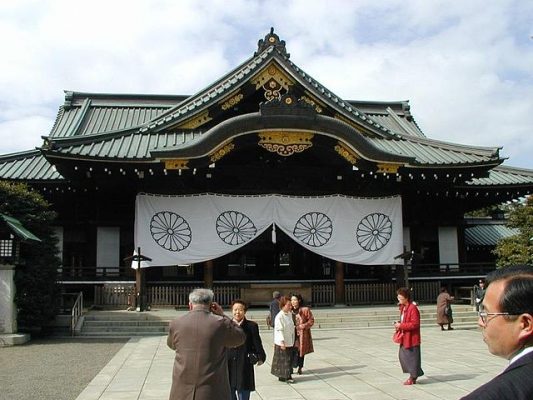
3. Yasukuni Shrine
Yasakuni is a Shinto shrine built in 1869 to honor Japanese that died in conflict to 1945 (Japan has not been involved in a major military conflict since then). There are over 2 million Japanese honored there. Of that group, there are over 1,000 that are war criminals. Japan officially declares that many of those were unjustly convicted. The most troubling group is 14 class-A war criminals. Class-A means “crimes against peace.” These include the Japanese commander who ordered the attack on Pearl Harbor and the Nanjing Massacre. Recent Prime Ministers have begun to visit the Yasakuni Shrine and paid their respects. China and South Korea have been particularly outspoken about honoring men who have committed war atrocities.
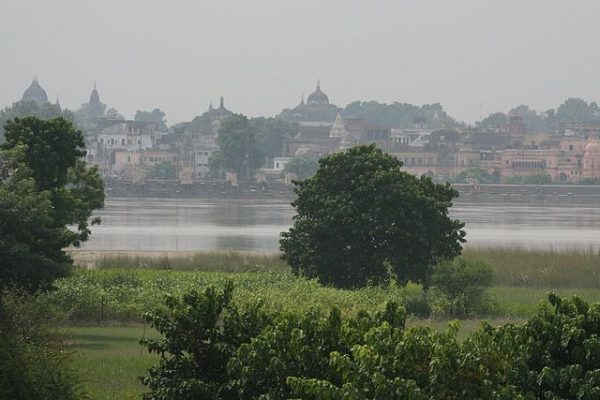
4. Ayodhya
How do you decide what to do when two religions claim the same area? In India, this dispute not only has decades of legal conflict, but also thousands of lives. Hindus claim that Ayodhya is the birthplace of Lord Ram, one of their most revered gods. Since the 16th Century it has been the location of the Babri Mosque. Given the already existing tension between Muslims and Hindus in India, the tension over the site has led to religious riots, with over 2,000 people killed in 1992. The site has been legally split between Muslim and Hindus, and tensions have eased in recent years.
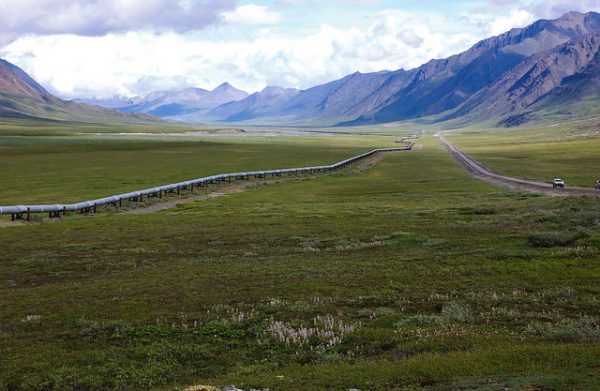
5. Dakota pipeline
Respect for ancestors and for the natural world are common features of indigenous belief systems. The Sioux believe that water is “the first medicine” and should be protected. This has put them in direct conflict with the United States government and the building of the Dakota Pipeline. The 645-mile pipeline has 38 miles stretch that goes through Standing Rock Sioux Reservation. This is the burial site for members of the Sioux Nation and they believe the potential for polluting the water justifies shutting down the pipeline. Since June 1st, the pipeline has been operational, but the Sioux, with environmental groups, have been banding together in opposition to stop production.
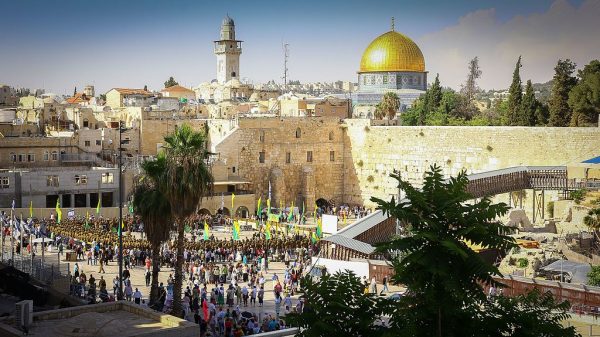
6. The Temple Mount
The holiest site in Judaism, the third holiest site in Islam, and for Christians it is one the locations that Jesus visited. The intersection of faith, history, and politics has made this site in Jerusalem one of the tensest religious sites in the world. The unique sharing system (Muslims control the Temple itself while Israel controls the entrances) has not done much to alleviate the violence. Constantly being connected to violent acts between Muslims and Jews, the Temple Mount and the disagreements over control have led to incitement of violence. Both groups to have death with protests and verbal assault while visiting the site. It also seems difficult to have any more compromise, as both controls would prefer total control of the site.

7. Harmandir Sahib
A failed military raid on the Harmandir Sahib (The Abode of God) or Golden Temple lead to the death of a prime minister. The Golden Temple is the holiest shrine for Sikhs. In 1984 Sikh separatists were demanding their own independent state. Indira Gandhi, the prime minister of India, ordered the military to use any necessary force to remove them from the temple. This lead to a 9-hour raging battle, which left hundreds of dead. As a result of ordering the raid, Indira Gandhi was assassinated by her Sikh bodyguards 6 months later. Sikhs still remain upset, with an attack on the general who led the raid occurring in London in 2012.
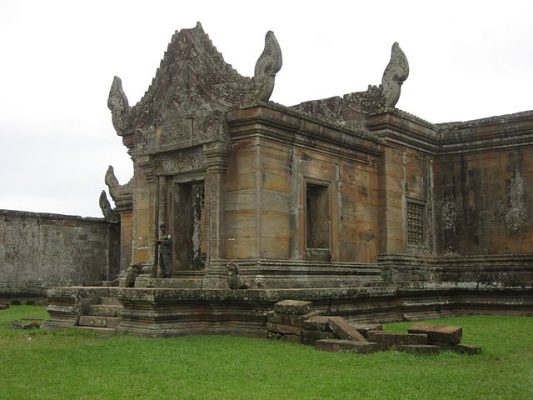
8. Preah Vihear Temple
Sometimes a conflict over a religious site can be connected to other issues. The dispute over the Preah Vihear Temple between Cambodia-Thailand is one just example. Originally an 11th Century Hindu temple dedicated to Shiva, it was abandoned and taken over by Buddhists in the 13th Century. An UNESCO Heritage Site, both countries claim ownership of the temple. In 2008 an international court sided with Cambodia on ownership. Since 2008 both sides have engaged in military conflict over the temple, with artillery fire being exchanged and casualties.
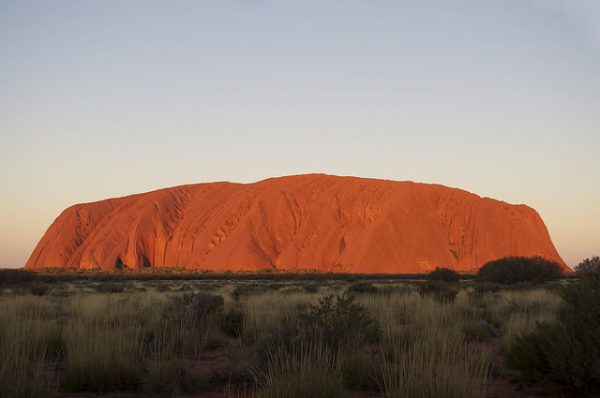
9. Uluru
What happens when a landmark becomes both a national cultural symbol and the cornerstone of an ancient belief system? In Australia, this is the debate taking place over the 300-million-year-old red sandstone rock called Uluru. To Australia it is one of its most important tourist destinations. It both epitomizes the outdoor culture in the center of the continent and makes a significant economic profit. For the indigenous Aboriginal people, it represents a physical connection to their history and to the spiritual world. For example, the popular hiking trails around the rock are considered sacred and should never be tread. The two groups have worked on agreements for dual sharing of Uluru, although there still remains miscommunication about the best way to preserve the traditions of the Anangu people (self-identified term of the Aboriginal people), while having it be a national park.
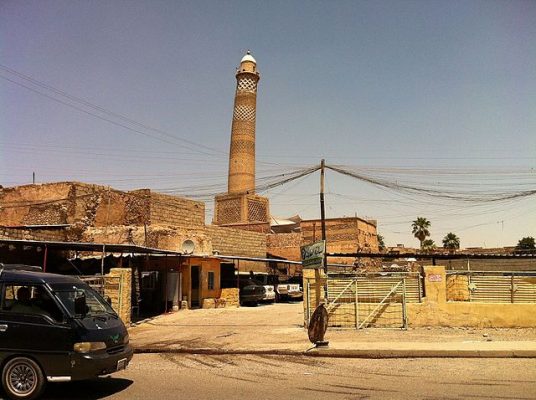
10. Old City Mosque
In Mosul, the Old City Mosque has existed for over 800 years. In 2014, it was when ISIS leader Abu Bakr al-Baghdadi made his proclamation of a new caliphate. This site was considered the symbolic center of ISIS and was a UNESCO World Heritage site. Unfortunately, it was blown up a week ago by ISIS, rather than risk now that ISIS has been fighting a losing battle in Northern Iraq. While this has been received as a positive symbolic victory for the United States and the Iraqi government, the destruction of such a historical and religious building cannot be overstated.


